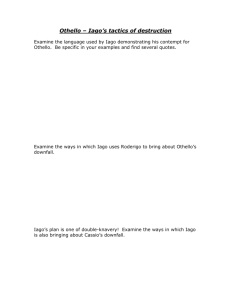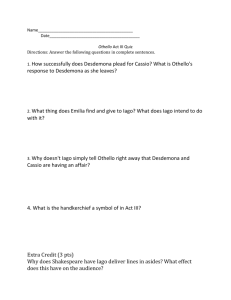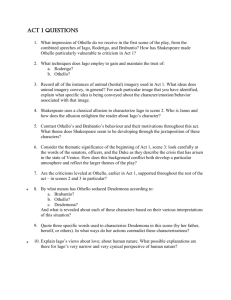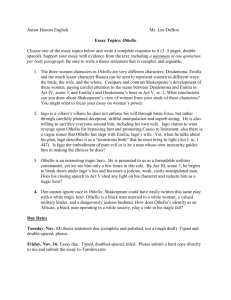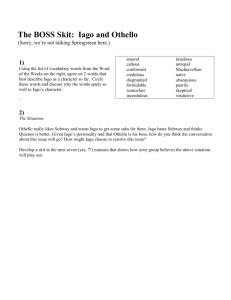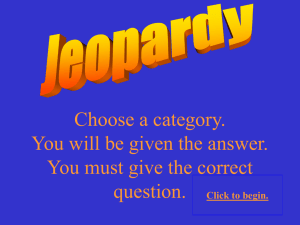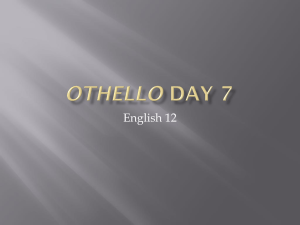Critical Essay advice
advertisement
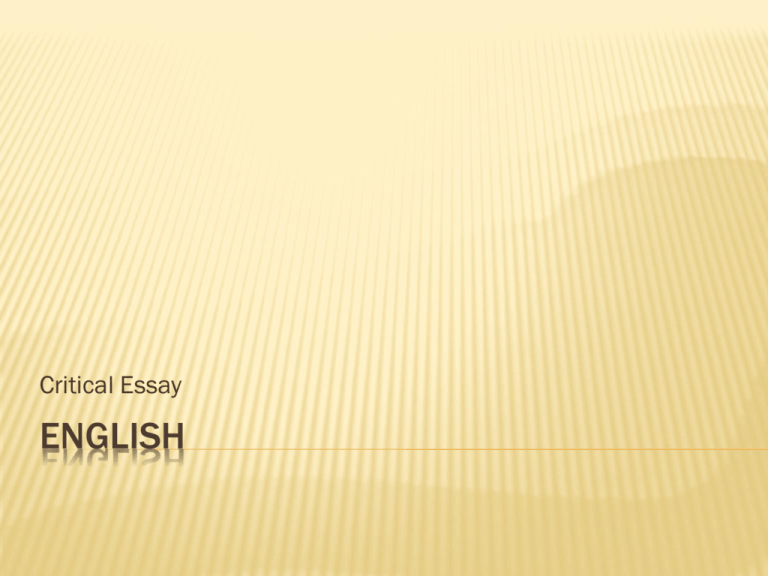
Critical Essay ENGLISH LEARNING INTENTION To understand how to structure a critical essay. PURPOSE A critical essay tests your knowledge and understanding of a text. This is done through your analysis of important aspects of the text. It is also a measure of your own skills with language – think abut how you express your ideas. FORMULA Just like reading for UAE you can follow a formula for each section of your essay. INTRODUCTION Your introduction must contain the following: Title Author Refer to task Techniques INTRODUCTION Your introduction should also: Give a brief outline of the plot Refer to themes Comment on the relevance of the text Show some engagement with the text EXAMPLE F. Scott Fitzgerald’s The Great Gatsby is set during 1920s America in what is often termed the Jazz Age. The novel explores the significance and impact of the American Dream as Nick Carraway, the narrator, describes the demise of the eponymous character; Jay Gatsby. Fitzgerald uses a variety of techniques such as characterisation, setting and symbolism to convey the central themes of love, money and the American Dream. Despite being written and published in the 1920s, The Great Gatsby is still relevant to us today as modern society continues to seek the same dreams as the novel’s central characters. TASK Write an introduction for one of the following: Choose a novel or short story in which a specific location or setting is crucial to the plot. Discuss how the writer makes you aware of the setting’s importance and how this feature is used to enhance your appreciation of the text as a whole. Choose a play which you feel has a turning-point. Describe briefly what happens at this turning point and then, by referring to appropriate techniques, go on to explain how it makes an impact on the play as a whole. Choose a poem in which you consider the poet’s depiction of an event to be particularly effective. Explain in what ways the poet’s depiction is particularly effective and discuss how this enhances your understanding of the central concern(s) of the poem. STRUCTURE You should have at least three main paragraphs in your essay. Each paragraph must have a clear link to the task and demonstrate your knowledge and understanding of the text through your analysis. MAIN PARAGRAPHS The easiest way to do this is to focus on one technique for each main paragraph. This keeps your ideas clearly organised but also demonstrates your ability to analyse a writer’s language. TECHNIQUES Prose/drama: key scene, characterisation, symbolism, language, setting, turning point Poetry: symbolism, imagery, word choice, rhyme, tone Theme is not a techniques but you should refer to the central theme in any essay you write. STRUCTURE OF MAIN PARAGRAPH Topic Sentence: this sets out what your overall paragraph will be about Point: introduces your quotation Evidence: this is your quotation Analysis: the most important part – what this quotation helps you understand Response: how it links to the task and your engagement with it. PEAR should be repeated for a second quotation EXAMPLE Topic Sentence One of the key elements of the play that Shakespeare introduces in Act 1 is dramatic irony. Point From the very onset of the play dramatic irony is used to introduce the audience to the nature of Iago and his role in the drama. Evidence Iago torments Brabantio with crude and explicit words about his daughter and Othello’s relationship in the very first scene. An outraged Brabantio tells Iago ‘thou art a villain.’ Analysis Although Brabantio’s words, on face value, refer to Iago’s behaviour at the present time, the audience understand that Iago will be the true villain of this play. Brabantio does not in fact understand the truth and significance behind his words and will only realise how true they are when it is too late and his daughter has become the victim of this ‘villain’. Response This seemingly insignificant remark actually sums up Iago’s character as all his behaviour from this point onwards is aimed at causing the demise of many of the characters. By describing Iago as a ‘villain’ from the first scene Shakespeare is alerting the audience to the damage that Iago will do. We can only watch, helplessly, as Iago lives up to this label and creates chaos and violence to those he views as enemies. EXPRESSIONS Othello is a play about betrayal and jealousy and the problems these cause. Or In the play ‘Othello’ Shakespeare skilfully weaves a story of betrayal and jealousy. The audience realise the devastating effects these can have on people through … EXPRESSIONS Begin sentences with word choice that demonstrates your skill with language: Shakespeare effectively (successfully, skilfully,) engages the audience through the use of … EXPRESSIONS Don’t begin your analysis with ‘this shows…’ This is not a good use of vocabulary. Try to vary your expression, for example: This effectively conveys to the audience… The significant use of language demonstrates… By successfully creating this character, the author allows us to understand… WHY? Although the essay is a test or your ability to demonstrate understanding of the text; it is also a chance for you to impress the marker with your own skill of language. You don’t have to be Shakespeare – but a few sophisticated phrases a can make a difference. CONCLUSION Your conclusion is the final thing the marker is reading. You want to end on a strong note so that the marker is impressed. CONCLUSION Sum up the main ideas of your essay Show that you have engaged with the text Try to link the text to society in general (what can we learn form this text?) Fitzgerald effectively creates a story that is at times funny and other points sad. He uses setting, characterization and symbolism to engage the reader and make us understand what drives the characters of the book. The last sentence of the novel in which Nick realises ‘we beat on, boats against the current, borne back ceaselessly into the past’ leaves a haunting message at the way in which people are constantly striving for something better in life, not realising the value of what they have. This is ultimately the flaw of the characters in Fitzgerald’s novel.
